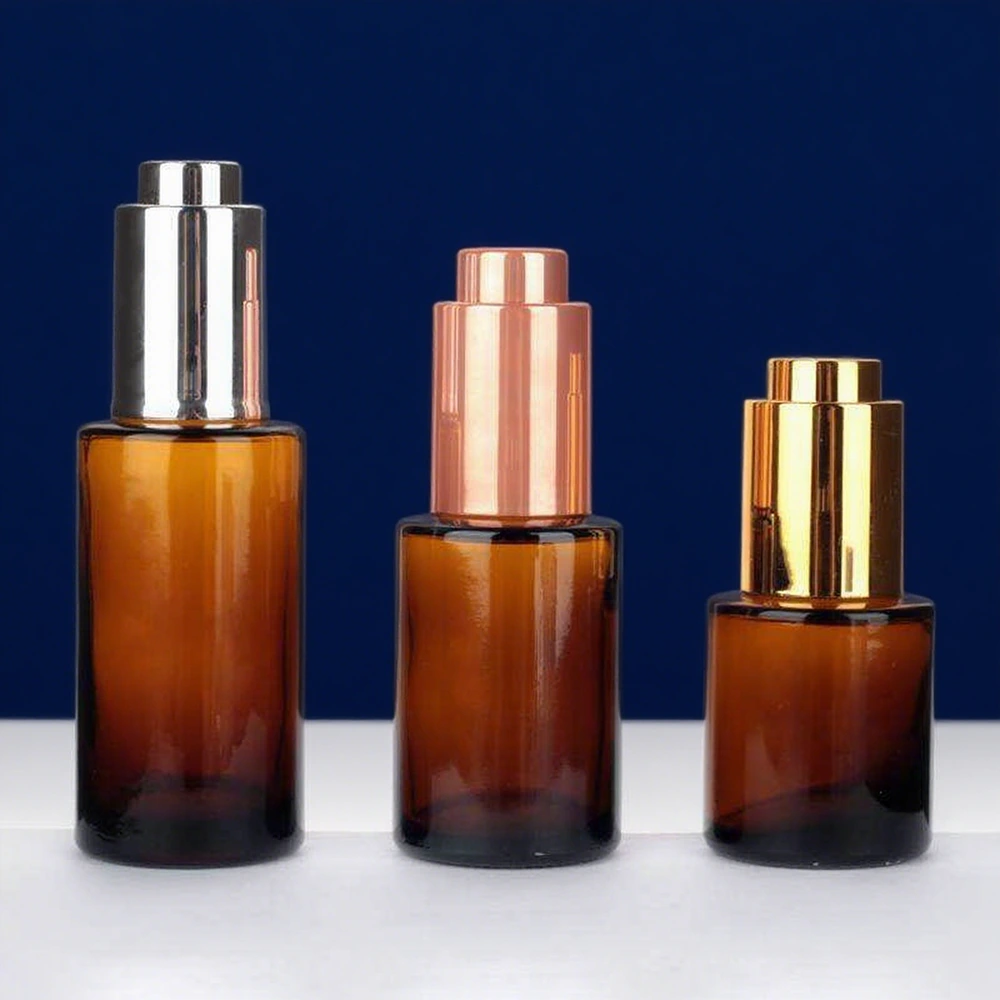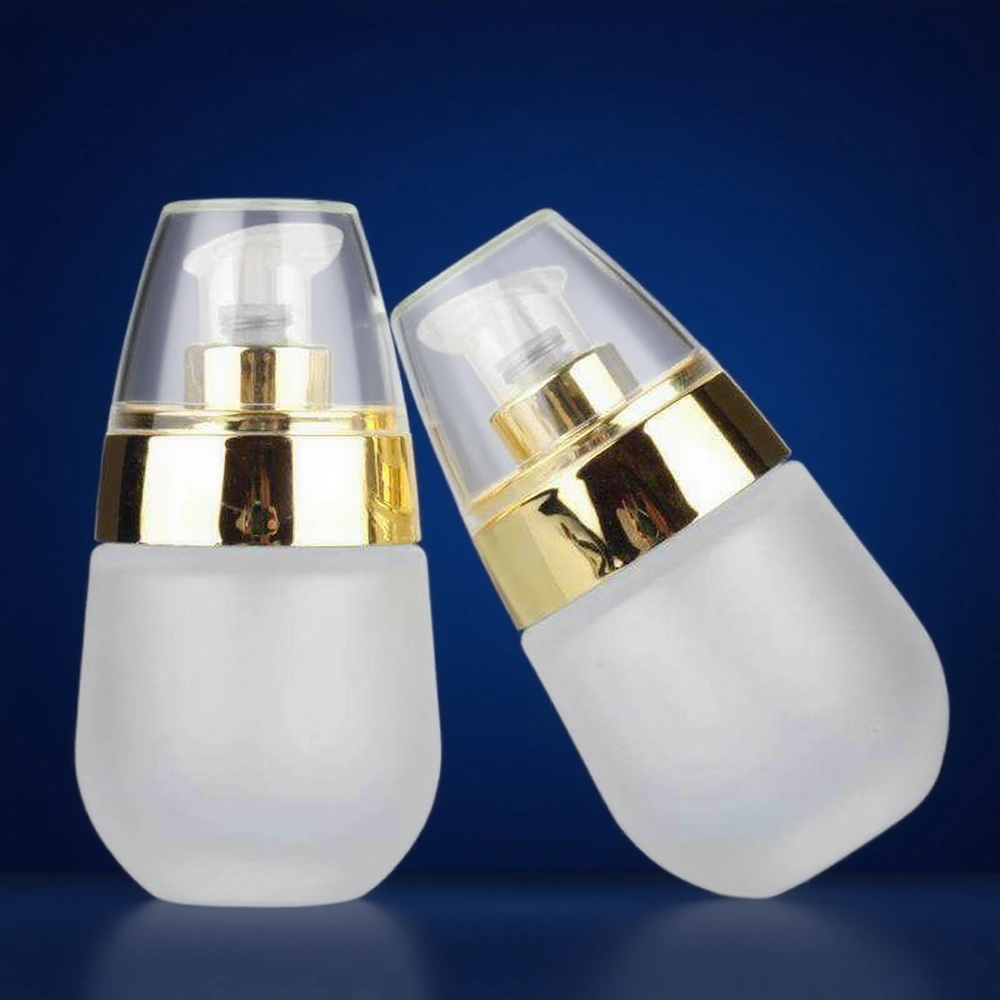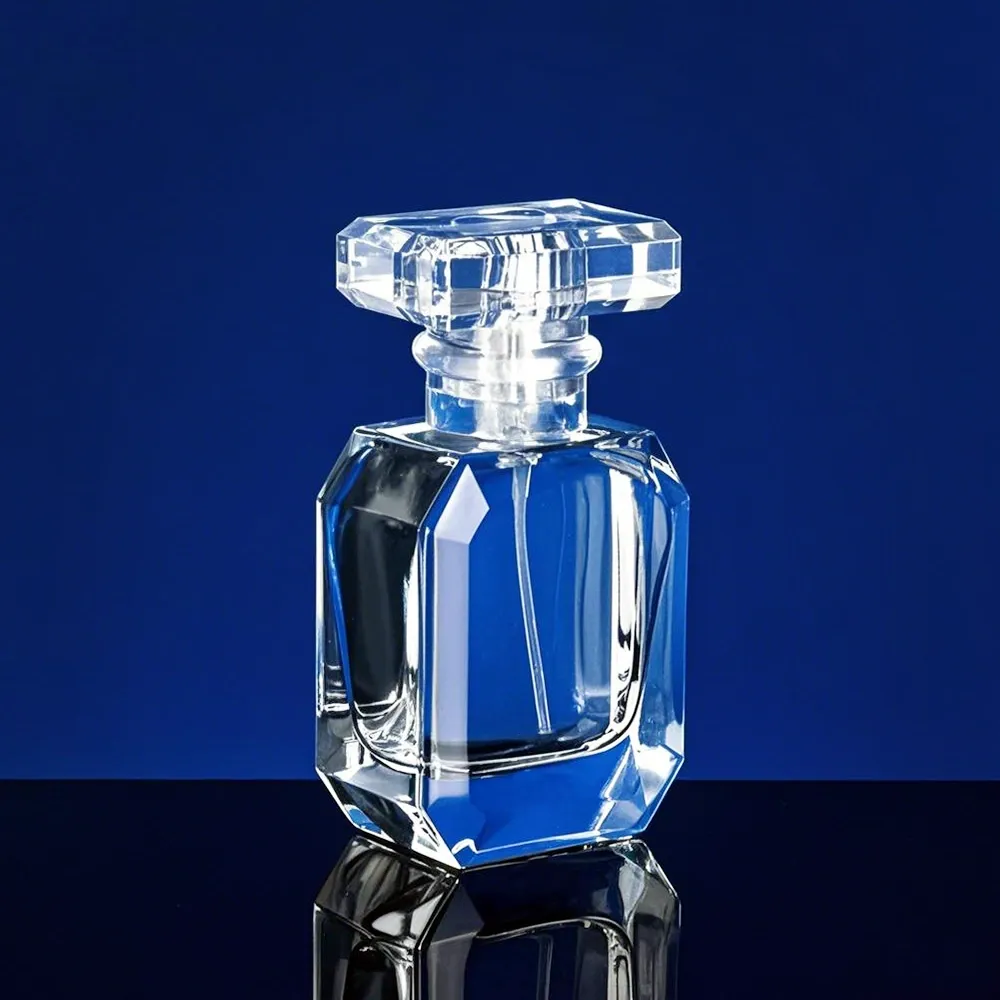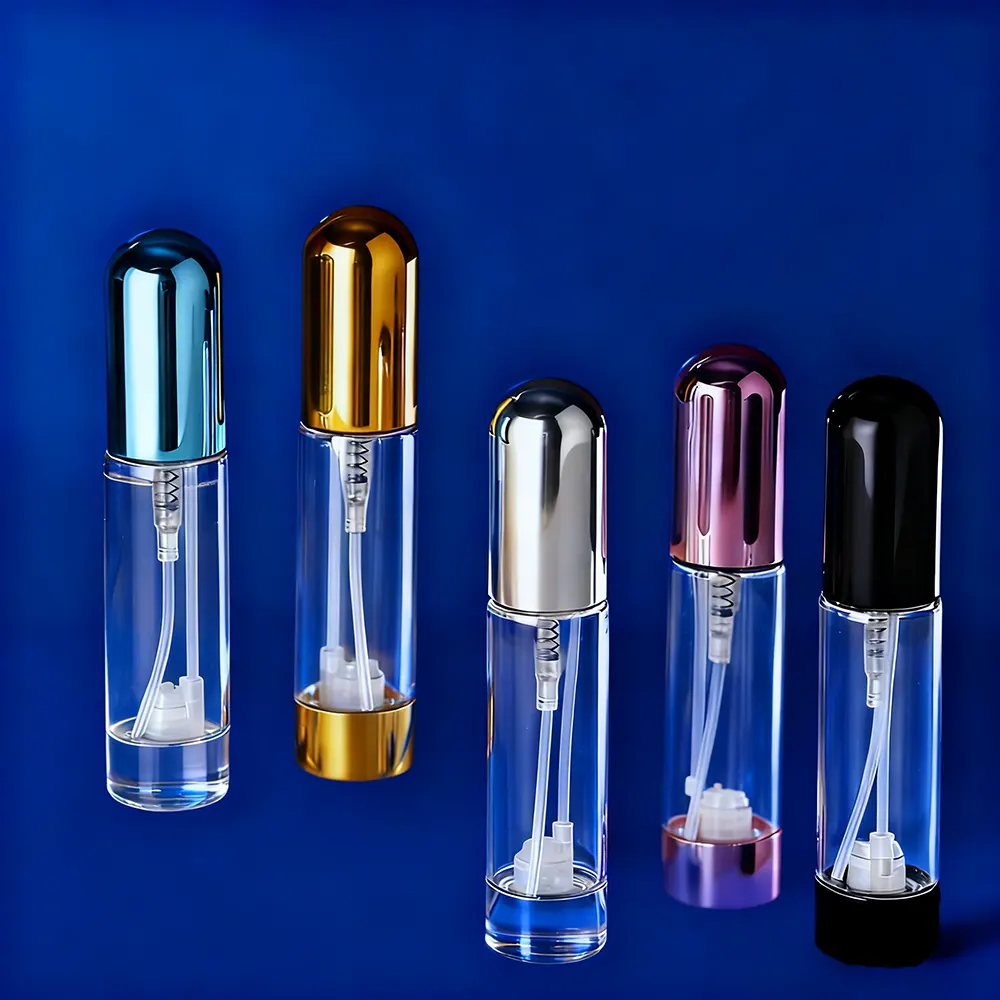
The Adaptable World of Small Glass Roll On Bottles for Versatile Packaging
Table of Contents
1. Introduction: The Enduring Appeal of Roll-On Bottles
Small glass roll on bottles are indispensable packaging solutions in diverse industries, which are valuable for their exact, portability and product integrity. Vesseluxe recognizes consumer experience and their important effects on brand discrimination. The global small glass roll on bottles market, a major segment, was estimated to be around 1.5 billion USD in 2023 and is estimated to reach US $ 2.6 billion by 2032, growing from about 6.2% CAGR by 2032. Other estimates show high growth, by 2034 at 10.30% CAGR with estimates up to USD 310 million. The overall role on the bottle market (glass and plastic) is also growing from 6.5% to 9.3% CAGRS through 2033, operated by demand in essential oils, personal care, and medical applications. sustainability.
2. Design and Material Innovations for Diverse Applications
The versatility of small glass roll on bottles stems from sophisticated design and strategic material selection, optimizing product integrity and user experience.
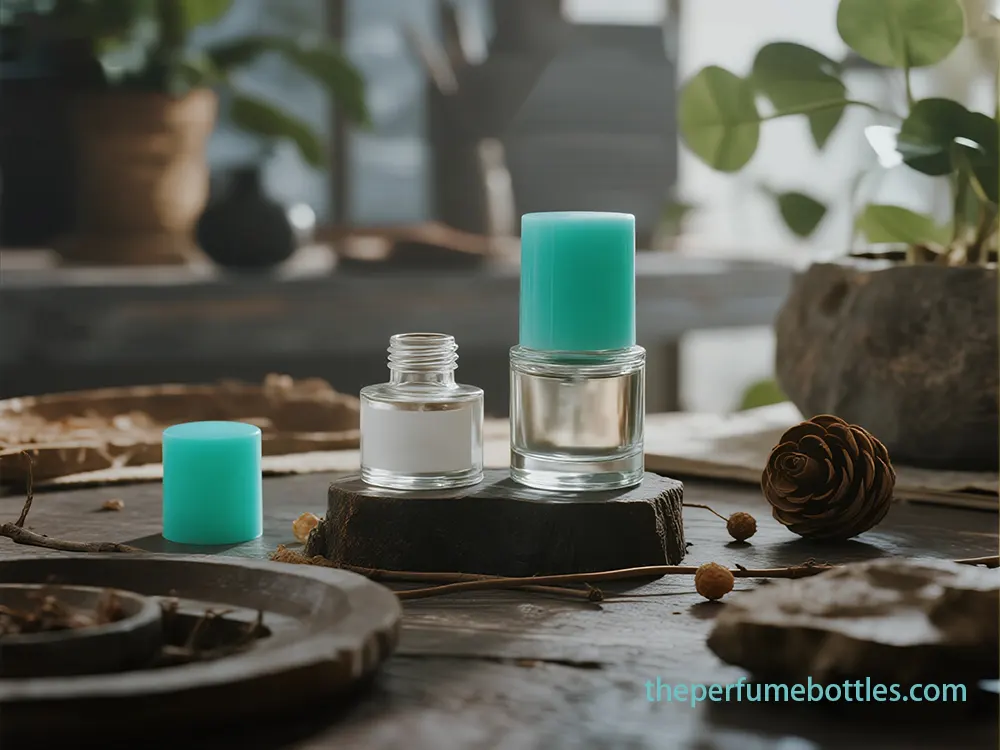
Get Free Samples
2.1. Glass Type and UV Protection
The choice of glass is important for product protection:
- Amber glass blocks up to 99% of harmful UV rays (below 450nm, even up to 500nm), protects light-sensitive elements like retinol, vitamin C and essential oils, extending shelf life for essential oils by up to 40% compared to clear glass or plastic.
- Cobalt blue glass also provides UV protection (below 450 nm), while green glass is less effective.
- Clear glass allows more than 85% UV penetration, leading to significant potency loss, for example, 37% for retinol after 3 months.
2.2. Glass Composition: Borosilicate vs. Soda-Lime
Chemical composition affects compatibility:
- High-borosilicate glass offers superior chemical resistance due to the 12-15% boron trioxide, creating a corrosion-resistant surface. It showed less than 0.02% weight change in the aggressive formulation and 24 times less material degradation compared to soda-lime glass with Vitamin C solution. It also withstands sudden temperature drops to 150°F (65°C), which is important for manufacturing and storage.
- Soda-lime glass, common and economical, has low chemical stability (pH 4.5-5.5). High pH formulations may leak sodium ions, altering product pH and accelerating oxidation (47% more oxidation for Vitamin C Serum after 12 weeks). Alkaline attack can cause hazing and heavy metal migration, leading to recalls.
2.3. Size Ranges and Capacity Preferences
Roll on bottles come in a variety of sizes. 5ml and 10ml are popular for travel, samples and concentrated essential oils. The larger 20ml and 30ml (1 ounce) sizes suit daily skincare and perfume. The 5-10ml segment has the largest market share (39%) for mini refillable perfume bottles.
2.4. Roller Ball Materials and Performance
Roller ball material affects application, hygiene and luxury perception:
- Stainless Steel:Provides a cooling sensation for eye serums, is non-porous, resistant to bacterial growth, and is associated with luxury.
- Glass: Chemically inert, preserving product purity for essential oils and perfumes. Also used internally as mixing agents.
- Plastic: Most cost-effective for mass production, suitable for lotions, deodorants and lip glosses. High-grade, BPA-free plastics minimize risk.
- Ceramic: Premium choice for high-end skincare, offering chemical inertness, smoothness and hypoallergenic properties.
2.5. Internal Coatings and Customization
Internal coatings may enhance aesthetics or chemical resistance (e.g., perfume, ethanol), provided they do not interact negatively with the product. Non-BPA coatings available. To highlight shapes, colors (clear, amber, cobalt blue, frosted), finishes (silk-screen, hot stamping), brands. The precise fit and roundness of the roller ball are critical for smooth, controlled, leak-free dispensing.
3. Beyond Essential Oils: Expanding Product Horizons
Roll on bottles are increasingly adopted across diverse product categories, taking advantage of their advantages for targeted, hygienic and portable delivery.
3.1. Targeted Skincare Treatments
Roll on packaging is a growth area for precision skincare delivery:
- Eye Serums: Metal or ceramic roller balls provide a cooling, de-puffing effect.
- Acne Spot Treatments:Allow direct application without spreading bacteria, popular for ease of use and travel.
- Hydrating Lip Serums: Rolling action evenly distributes product and enhances absorption.
3.2. Headache and Pain Relief Balms
Roll ons provide convenient, mess-free, portable relief for headache and muscle pain, using essential oils or therapeutic blends (e.g., Zandu Roll-On, Natura Bona’s Headache Relief Stick, Biofreeze).
3.3. Cuticle and Nail Oils
The roll-on format is ideal for hygienic, precise, mess-free application of cuticle and nail oils that promote healthy nails and cuticles (e.g., ROLL-X™ CUTICLE OIL, MiniLuxe’s Nourishing Cuticle Oil Rollerball).
3.4. Pet Care Products
The pet care sector is adopting roll-ons for topical applications, such as CBD oil for precise, topical use on cats and dogs (e.g., Gaia Provides Pet Topical Roll-On CBD Oil).
3.5. Natural Insect Repellents
Using essential oils such as citronella and eucalyptus, along with roll-on applications that cater to active lifestyles, the natural insect repellent market is projected to witness significant growth (7.7% CAGR to US$ 6.5 billion by 2035).
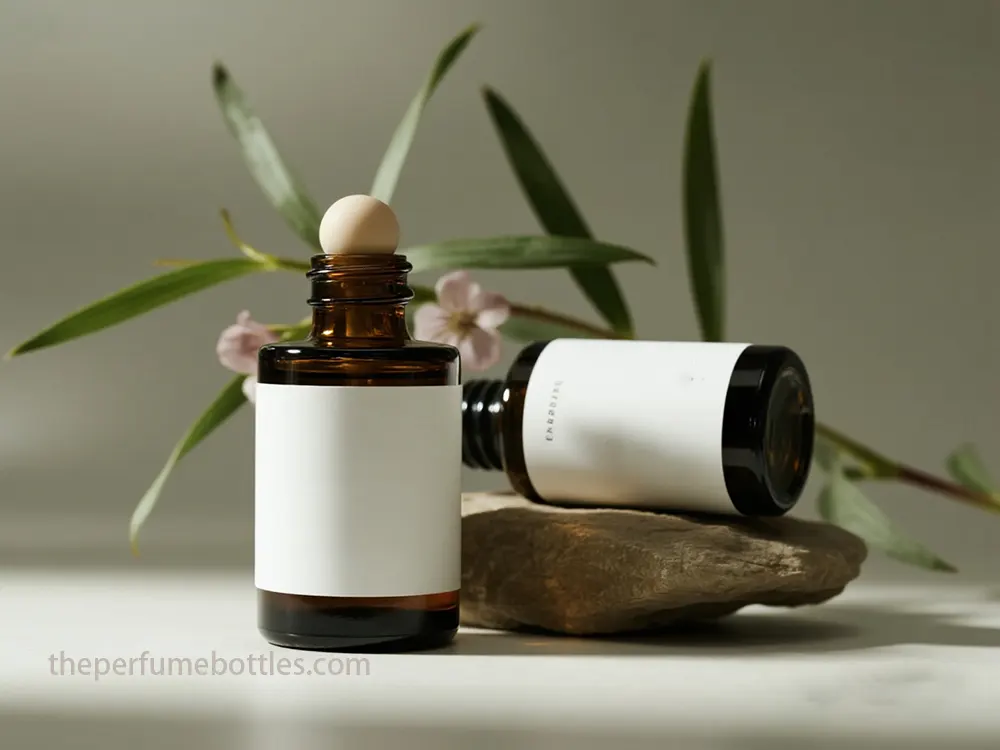
Get Free Samples
3.6. Core Advantages Driving Adoption
Roll-on Applicators provide fundamental benefits:
- Precision Targeting: Applies precise amounts to specific areas, reducing waste.
- Hands-Free & Hygienic Application: Prevents contamination, vital for skin care and healing.
- Portability & Travel-Friendliness: Compact, leak-proof, and often TSA-compliant.
- Reduced Mess: Reduces leakage compared to pour spout.
- Cooling Effect & Massage: Metal/ceramic roller balls provide a soothing sensation and increase absorption.
- Product Preservation: Tight seal and airless system protect sensitive ingredients, extending shelf life.
- Sustainability Potential: Many are refillable or reusable.
These expanded applications highlight the strategic value of roll-on packaging for effective, convenient and consumer-friendly solutions.
4. Precision and Convenience: The User Experience
User experience is a significant difference for small glass roll-on bottles, which is powered by accuracy, convenience and ergonomics. Consumers value their portability, controlled distribution and clean application.
4.1. Superior Portability and Travel-Friendliness
Compact, safe and often leak-proof, roll-on are ideal for moving, travel and prudent storage. There are many TSA-anupalists, which are perfectly suitable for perfumes, essential oils and deodorants anytime, anytime, anytime, anywhere, anywhere, anywhere.
4.2. Precision and Controlled Dispensing
Roll on targeted applications provide, reduce waste and maximize efficacy. The calibrated rolling ball mechanism ensures optimal friction, flow control and skin contact, distributing the right amount without dripping.
4.3. Enhanced User Experience Through Tactile Application and Hygiene
The self-containing design ensures dirt-free, clean application, prevents direct finger exposure. Gentle rolling speed can also provide a mini-massage, increase absorption and sensory experience, promote loyalty to the brand.
4.4. Material and Design Features Impacting Functionality
The choice of material for ball and bottle affects integrity, functionality and aesthetics:
- Roller Ball Materials: Plastic for lotion, stainless steel for cooling/medicinal use, premium ceramic/glass for high-end skincare.
- Bottle Materials: Glass for chemical resistance and luxury, plastic for mild durability. Permanent options like bamboo are emerging.
- Design Elements: Oblong shapes provide better grip; Durable, leak-proof metal cap enhances visual appeal.
4.5. Advantages Over Other Applicator Types
Roll-ons provide different benefits:
- Vs. Sprays: Provide better precision, long -lasting safety (deodorants), low product loss, and gentlers on sensitive skin. Sprays provide quick, broad coverage.
- Vs. Droppers: Excel, Mess-Free App and Quick Touch-Up in Portability. Droppers are preferred for accurate doses, fragrance layering, custom mixtures and coarse oils.
4.6. Diverse Lifestyle Segments and Preferences
Consumer segment prioritizes roll-on characteristics:
- Busy Individuals & Travelers: price portability, quick application, leak-proof design.
- Fragrance Enthusiasts: Choose roll-on for targeted application and longevity; Some prefer droppers for layering.
- Health-Conscious & Eco-Friendly Consumers:Attracted to alcohol-free yogas and durable, re-purpose packaging.
- Medicinal/Therapeutic Users:Profit from accurate and clean application for local treatment.
4.7. Aesthetic Design and Branding
Smooth design, innovative texture, finish (frosted, metalization), and effective branding are important to attract consumers and separate products, affect purchasing decisions.
5. Market Dynamics and Future Growth
The market of small glass roll on bottles is seeing a strong growth due to consumers’ preferences, technology and retail changes.
5.1. Current Market Landscape and Growth Drivers
The global glass roller bottle market was US $ 1.5 billion in 2023, it is estimated to reach US $ 2.6 billion by 2032 (6.2% CAGR), some estimates. The broad roll-on market (glass and plastic) grows from 6.5–9.3% CAGR by 2033.
Key driver:
- Convenience & Portability: Easy carrying, demanding solutions while moving.
- Controlled & Hygienic Application: Reduces accurate delivery waste and ensures hygiene use.
- Sustainability Preferences:Strong demand for recyclable/reusable glass, accounting for ~30% of glass bottle market growth.
- Dominant Application Segments: Cosmetics, Personal Care (perfume, deodorant – USD 7.15B in 2024, 6.14% CAGR to USD 12.22b), pharmaceuticals, and aromatherapy.
- Emerging Medical Applications: Roll-ons for vaccine production and gene therapy is estimated to reach USD 130 million by 2031 (9.3% CAGR).
5.2. Geographical Market Leadership and Manufacturing Hubs
North America is driven by high demand for essential oils and personal care, and a focus on sustainable packaging. Asia-Pacific is the fastest growing region, driven by urbanization, rising incomes, and its role as a manufacturing hub (e.g., China dominates roll-on bottle manufacturing with specialized industrial clusters).
5.3. Future Trends and Emerging Technologies
Significant developments will occur in the next 5-10 years:
Sustainable Content Innovation
Shift towards eco-friendly materials:
- Recycled Plastics: Increased use of RPET and PCR.
- Plant-Based & Biodegradable Materials: Exploring Plant-Based Plastics, Paper, Mycelium and Seaweed.
- Mono-material Packaging: Simplifies recycling.
- Glass: Its recyclability and continued preference for luxury, projected to grow at 8.8% CAGR through 2033.
Advanced Delivery System
Innovations for increased efficiency and hygiene:
- Dual-Roller Systems: For larger coverage.
- Refillable Designs:With removable rollerball, for stability.
- Antibacterial Materials: For Medicinal Formulations.
- Rollerball Cooling Technology: For skincare benefits.
- Airless Roll-on Systems: Combines hygienic dispensing with oxygen-free storage for sensitive formulations. Alpla has optimized the roll-on deodorant for leak-proof performance and reduction in ingredients.
Smart Packaging Integration
Digital technologies for interactive tools:
- QR Codes:Cost-effective access to product information, marketing, traceability.
- NFC: Premium, seamless experience with anti-counterfeiting, used in high-end cosmetics.
- RFID Chips: mainly for supply chain logistics.
- IoT Integration: Real-time tracking, condition monitoring, data sharing for supply chain transparency and consumer engagement.
- Speculative Technologies: Usage tracking, reminders, adaptive delivery.
Aesthetic and Experiential Design Trends
Focus on emotional engagement and user experience:
- Minimalism: Clean lines, neutral palettes.
- Personalization: Customized Design, Digital Printing.
- Luxury Appeal: Iridescent tinted glass, bamboo finish, metal caps.
- Unboxing Experience: Crucial for Brand Differentiation.
Impact on manufacturing and supply chains
Technology will revolutionize operations:
- AI & Automation:AI-powered design, production optimization, quality control, and robotic packaging for efficiency and waste reduction.
- 3D Printing: Rapid prototyping, customized designs, on-demand production for SKU proliferation.
- E-commerce Optimization: Packaging designed for logistics efficiency, damage reduction, and direct consumer engagement.
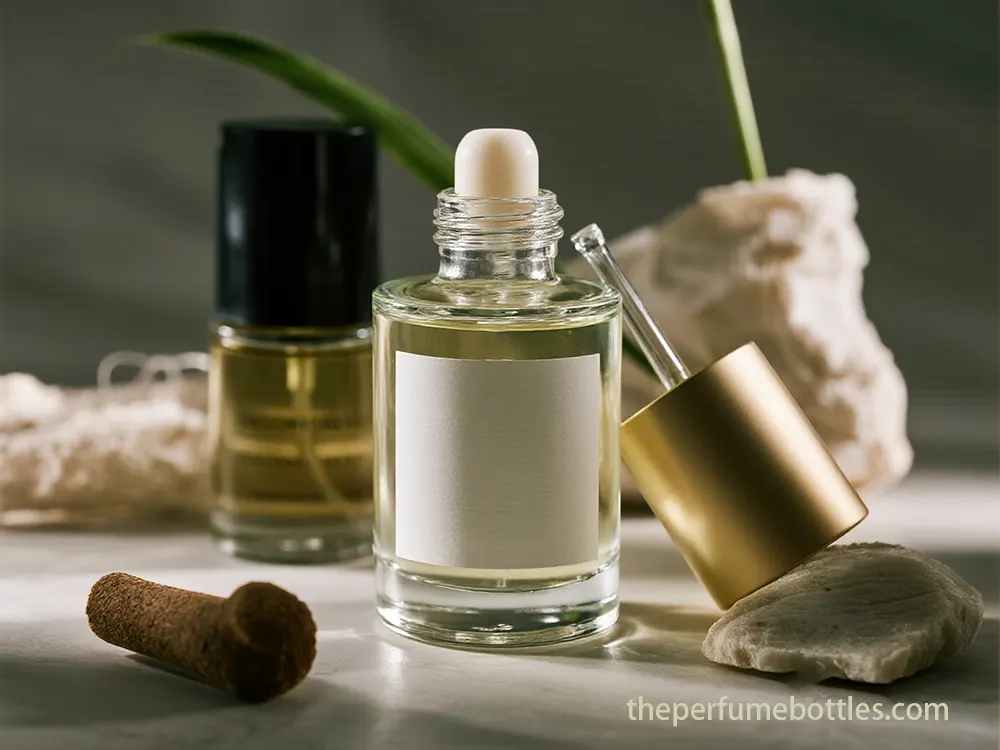
Get Free Samples
5.4. Consumer Expectations and Market Reshaping
Consumers prefer features, personalization, health, strength and especially stability (74% consider sustainable packaging). They hope that the packaging will provide experience, reflect values and provide interactive digital content. Brands adopting again, compostable, compostable and smart packaging will have a competitive lead. There will be an increase in demand for SKU proliferation and rapid manufacturing in the market.
6. Sustainability and Responsible Packaging
The environmental footprint of roll-on bottles is under investigation, driving innovation. Glass provides benefits, but the entire life cycle, including recycling and consumer behavior, is important for circular.
6.1. Inherent Recyclability and Recycled Content of Glass
Glass is a 100% recycled without quality loss indefinitely, causing it to become highly durable. New glass containers often have 70% recycled glass, some reach 95%. Glass glass decreases significantly.
6.2. Challenges in Glass Recycling
Despite recycling, challenges exist:
- Contamination: Glass breakdown in single-stream system contaminates other recycles, causing landfill disposal.
- Weight & Transportation: Weight of glass increases transportation costs and environmental impact.
- Public Awareness: Lack of awareness hinders effective recycling participation.
6.3. Prevalence and Success Rates of Refill Programs
Consumer interest in refillable beauty products is increasing; Last year, 59% of French female cosmetics consumers purchased refills, motivated by environmental impact (70%), savings (64%), and convenience (39%). Sales of refills for makeup increased 364% in 2022.
6.4. Consumer Willingness and Barriers to Refill Program Participation
While 79.3% of consumers value sustainability, only 23.4% actively use refillable skin care, and very few for serums (5%) or perfumes (<1%). Barriers include difficulty finding alternatives (50.6%), unavailability from preferred brands (36.8%), contamination concerns (31%), and doubts about actual sustainability (17%). Incentives for adoption include proof of effectiveness (34%), competitive pricing (34%), and availability from preferred brands (43%).
6.5. Lifecycle Assessment (LCA) Comparisons: Glass vs. Plastic
LCAs show different results. Plastic bottles often have a lower environmental impact in categories such as emissions and energy due to reductions in material, manufacturing, and distribution impacts (e.g., 78.7% weight reduction). However, glass can be recycled indefinitely, unlike plastic, which degrades after 2–3 cycles, making glass potentially more sustainable in a closed-loop, high-reuse system.
6.6. Best Practices for Circular Economy Models
Successful spherical models of glass prefer reuse. Companies like Rewine achieve re -use of 85% bottle by encouraging returns, and Sustainable Wine Solutions has reduced carbon footprint with bottle returns scheme by 95%. This requires strong consumer participation and infrastructure.
6.6. Regulatory Pressures and Incentives
Governments are implementing rules for sustainable packaging, including mandates, single-use plastic restrictions and extended manufacturer responsibility (EPR) programs. PPWR of the European Union goal the target harmonious reusing system, deposit withdrawal plans, ambitious recycling target (75%for glass), and waste cut targets, including restrictions on small single-use cosmetic products in housing by 2030.
6.7. Demographics Driving Refillable Beauty Market
Environmental conscious millennium (73% sustainable brands prefer) and Jane Z (75% of habits for environmental impact) run refillable beauty markets. While women are majority, men show increasing interest in gender-plate systems. High -income consumers are keen to invest in premium durable products.
7. Conclusion: The Future of Versatile Packaging
Small glass roll on bottles are a dynamic and impactful packaging solution. Their chemical inertness, UV protection (particularly borosilicate and amber glass), and various roller ball materials ensure accuracy and product integrity. Their applications have expanded beyond essential oils to skin care, pain relief, nail care, pet products, and natural insect repellents, demonstrating remarkable versatility.
User experience defined by better portability, controlled delivery and clean application remains a key driver. As market dynamics evolve with the demand for convenience, personalization and sustainability, roll-on bottles are poised for continued growth. Future innovations, including advanced delivery mechanisms, smart packaging integration and sustainable materials, will strengthen their position in responsible packaging.
At Vesseluxe, we envision packaging that is functional, aesthetic, eco-conscious and adaptable. The small glass roll-on bottles epitomize this approach, blending tradition and innovation to shape the future of the industry in versatile and sustainable packaging.
Comments
Product Categories
Hot Sale Bottles
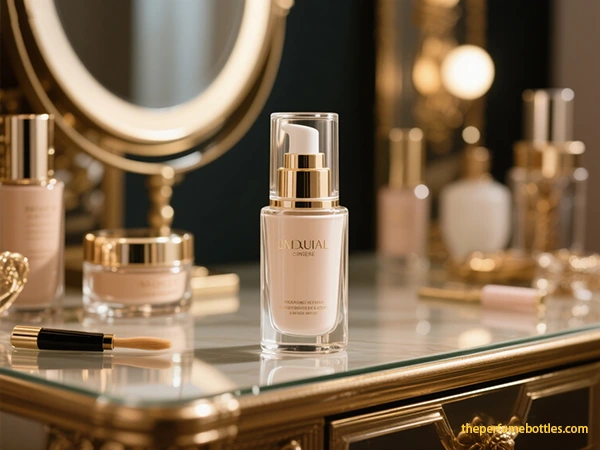
2025 Global Trends in Luxury Cosmetic Packaging Wholesale
Luxury cosmetic packaging wholesale solutions with custom design, premium materials, and bulk supply for beauty brands, retailers, and OEM partners.
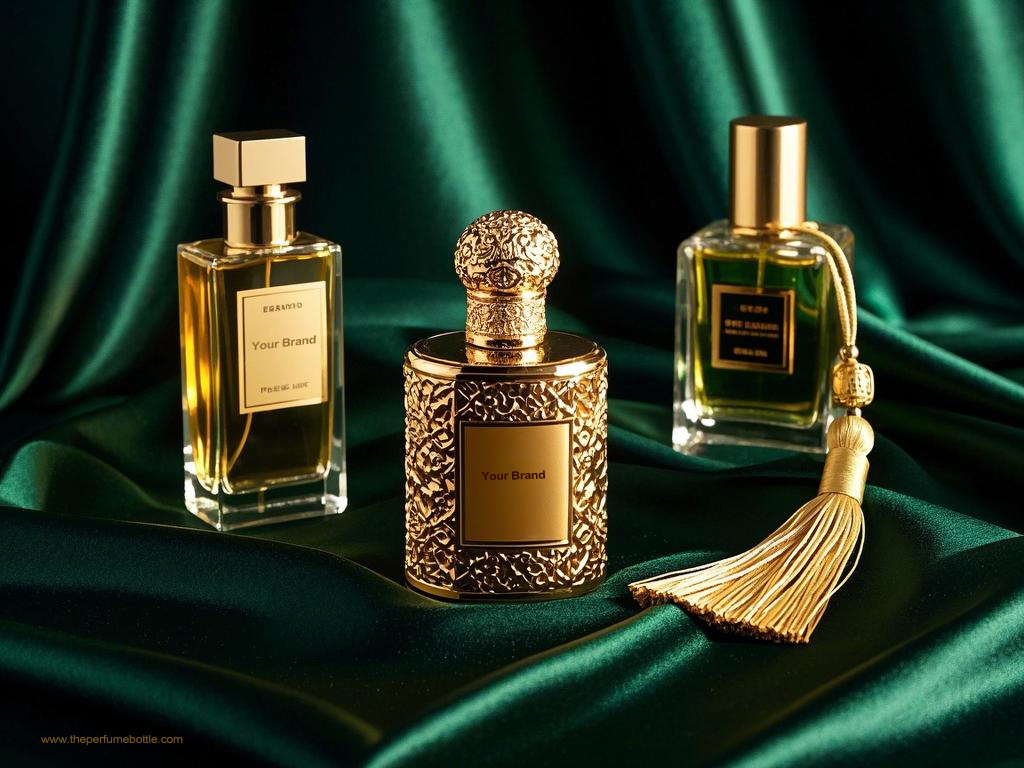
The Ultimate Guide to Customization in Beauty Packaging
In the competitive world of beauty products, customization in beauty packaging is a game-changer.
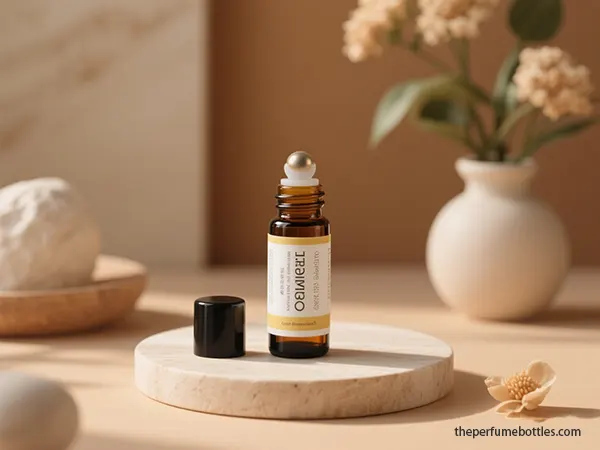
Case Study: Custom Roller On Bottles for a German Essential Oil Brand
Custom roller on bottles case study with a German essential oil brand, supporting wholesale supply, private label, and B2B bulk orders.
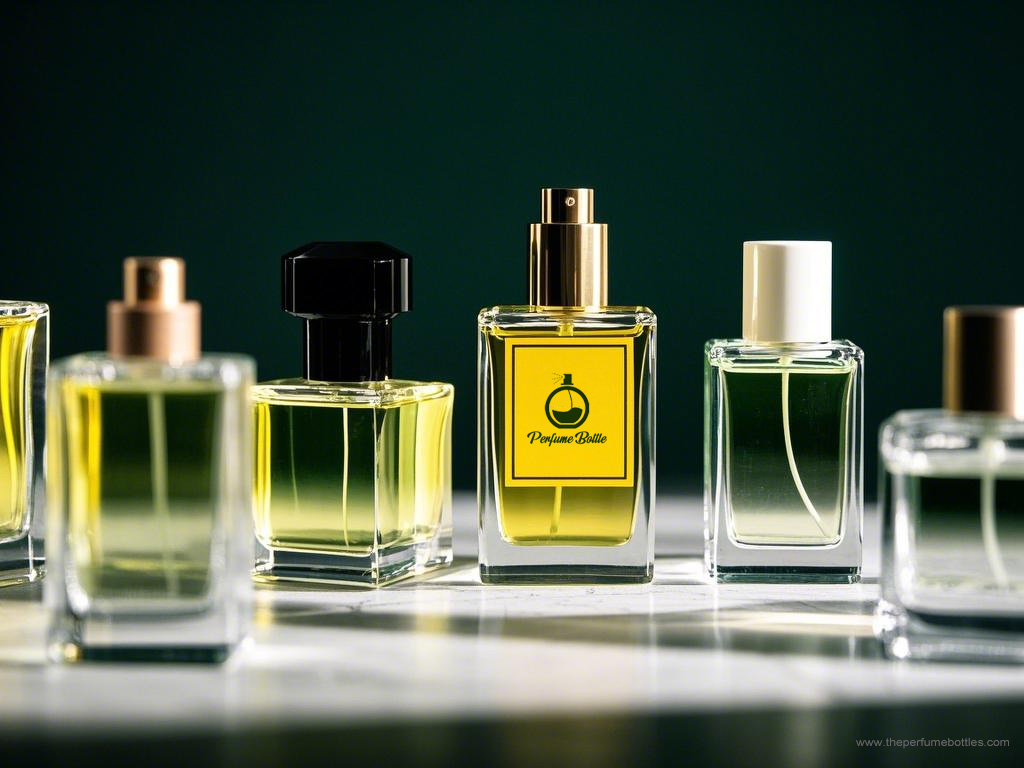
Your Ultimate Guide to Empty Glass Bottles for Fragrance and Essential Oils
Are you in the fragrance, essential oil, or cosmetics business and searching for the perfect packaging?

Elegant Heart Perfume Bottle Designs for Your Brand
Romantic heart perfume bottle perfect for custom fragrance packaging, gifts, and special collections. Add charm and elegance to your perfume line.
- +86 186 5178 1159
- [email protected]
- Mon-Sun 07:00-21:00
Tags
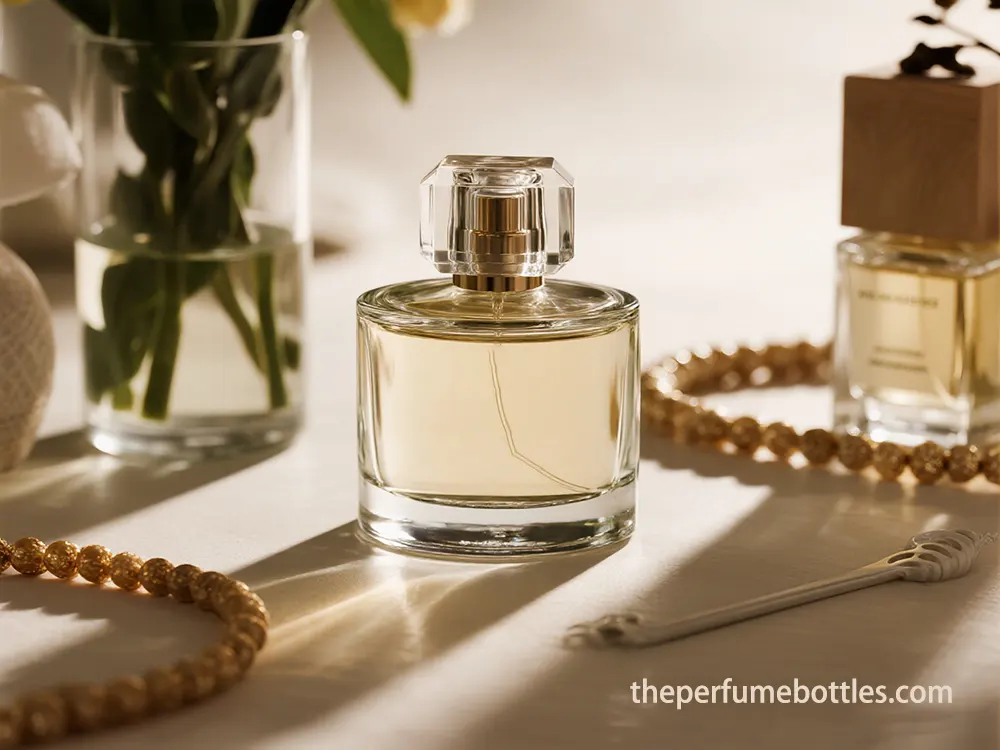
A Strategic Framework for Selecting a Glass Perfume Bottles Supplier
Find your strategic glass perfume bottles supplier with this guide, showing how the right partner boosts speed and scalable growth for fragrance brands.
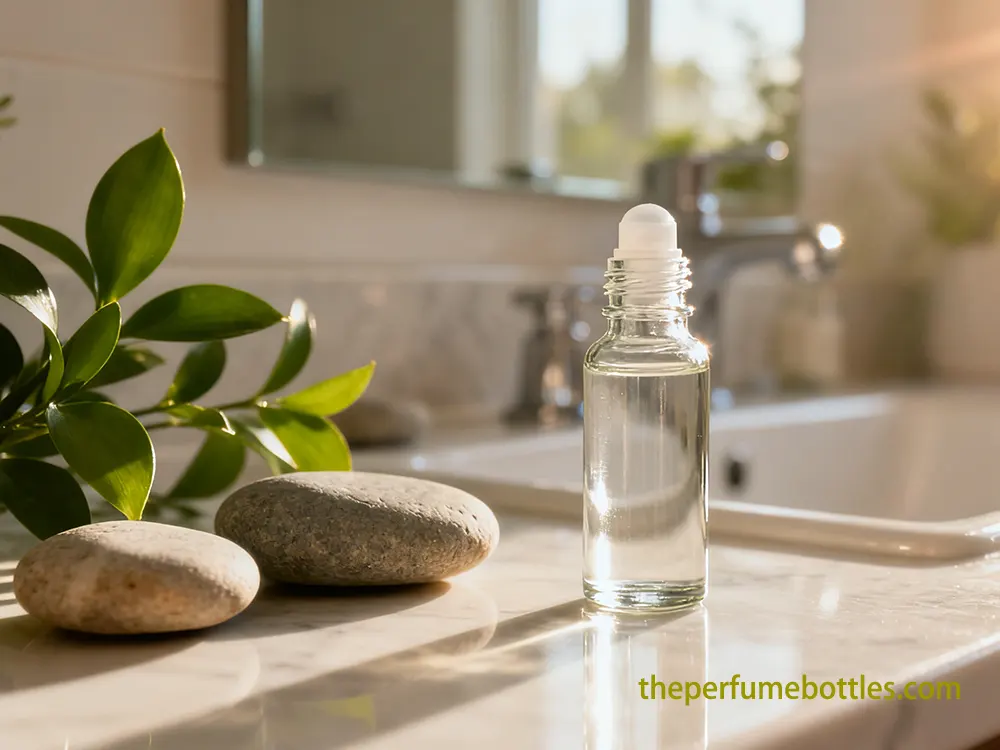
Case Study: Our Glass Roller Bottles Factory Delivered Packaging for an Essential Oil Brand
A case study on how a glass roller bottles factory solved rolling stability and thin-neck durability issues to deliver reliable, leak-free premium bottles.
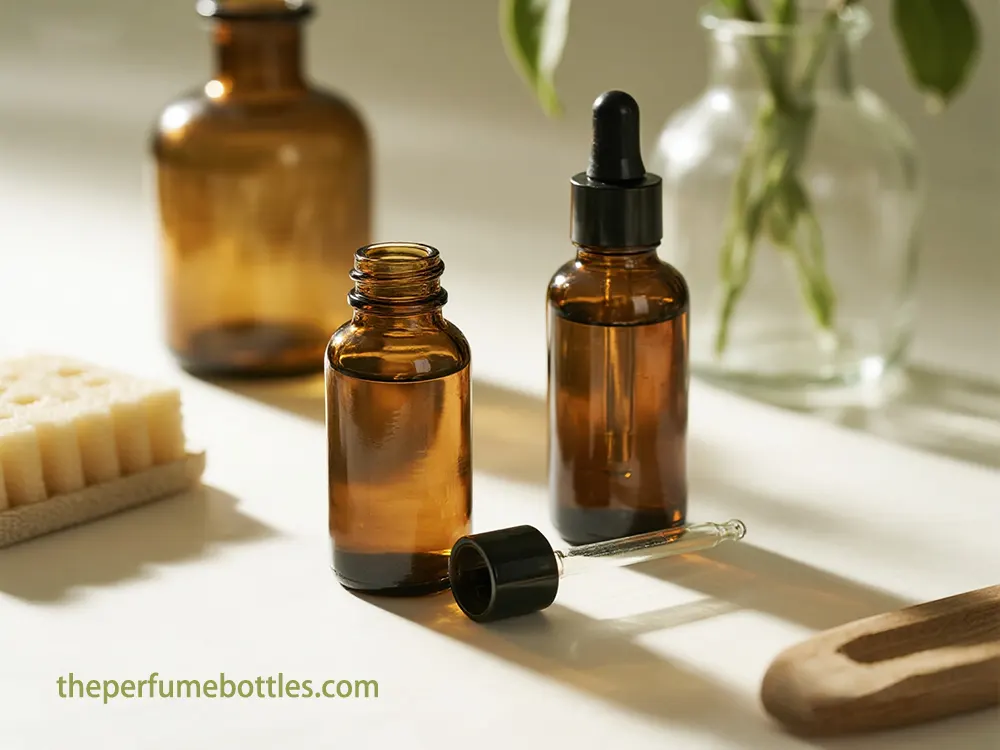
Case Study: How a Glass Dropper Bottles Factory Helped a Healing Oil Brand
A case study of how a glass dropper bottles factory helped a Portuguese healing oil brand achieve precise dosing, improved grip, and premium custom packaging.
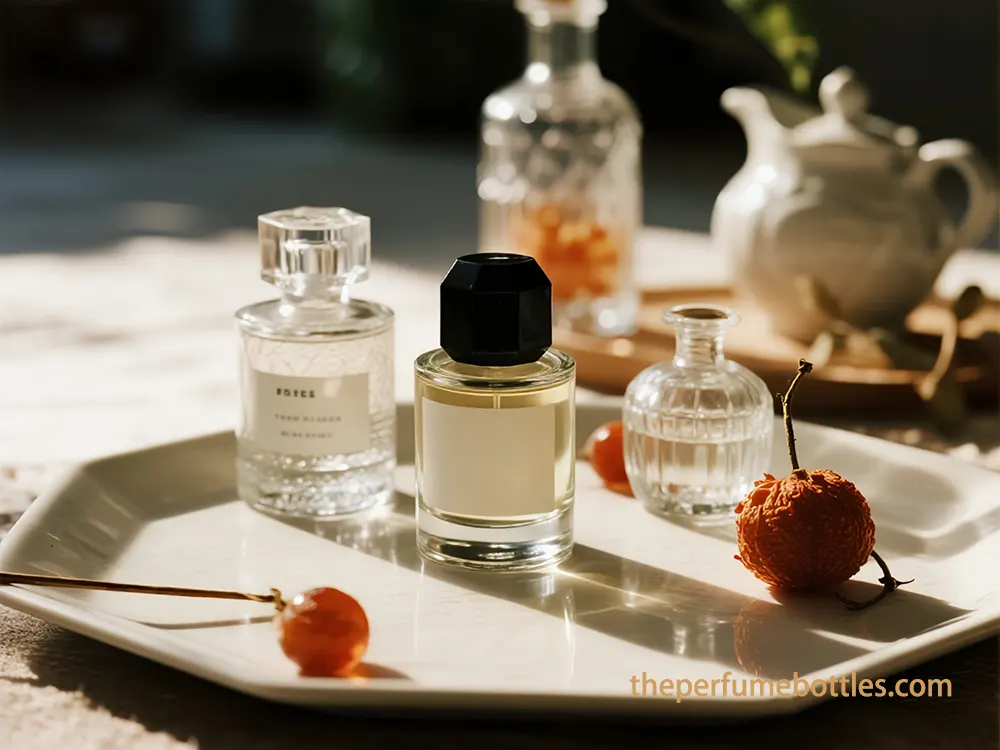
The Journey of a Fragrance from a Glass Perfume Bottles Factory and Beyond
Discover how a leading glass perfume bottles factory, advanced chemistry, and global logistics

